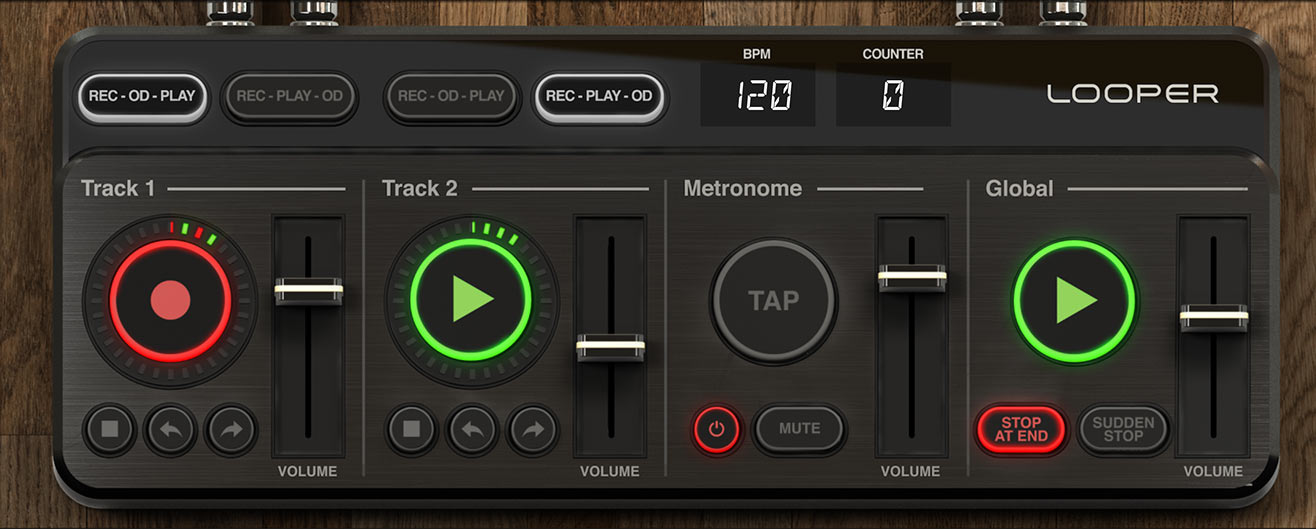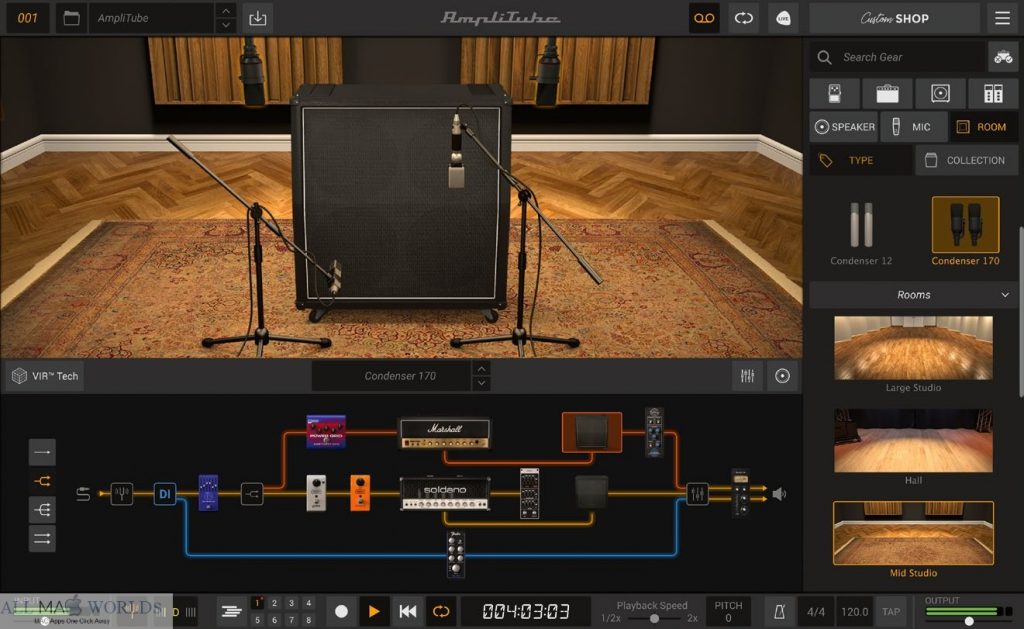


The third section is your gear menu to the right, where you select the model you want and drag it into your rig.Īs mentioned, the signal path has been overhauled, allowing for split dual-mono amps, wet/dry/wet rigs, true stereo input and output setups and more. Here though, you aren’t limited to ‘blocks’, you can drop in pedals and amps in any order, and while you’re ‘limited’ to running three amps in any one patch, you can add up to 57 different modules in your chain. At the top is the enlarged view of the amp or pedal model you have selected, here you can make your edits.īeneath that is an overview of your signal chain - laid out in a way that we’ve become familiar with via both hardware and software modellers. Upon loading, you’re met with a screen split into three sections. With the housekeeping out of the way, it’s time to talk about how it works in practice. In total, this adds-up to over 400 gear models across the board! Performance and verdict We were sent the full-fat Max version for review, which includes the same AmpliTube 5 models and features as the two paid-for versions, but you also get 11 of IK Multimedia’s official artist and brand add-on packs, including the Fender Collection 1 & 2, Orange, Mesa/Boogie, Slash, Brian May, Joe Satriani and more. If you like what you hear, you can upgrade or go a la carte with in-app purchases via the redesigned Custom shop store section of AmpliTube. It’s worth noting though, that while it doesn’t come with the full VIR cab technology or looper, CS follows the Custom Shop tradition whereby the base software is free, and comes with a decent amount of models to get you started. IK has helpfully outlined the full differences with this chart (opens in new tab). The differences between the versions are obviously model-count and feature limitations, you get 39 gear models with CS, 77 with SE, 177 with the standard version and 416 with Max. (Image credit: IK Multimedia)ĪmpliTube 5 is available as four versions: CS, SE, ‘Standard’ and Max. Choose from industry standard mics then mic vertically, horizontally, back and forth, on-or off-axis – it's intuitive and effective.


 0 kommentar(er)
0 kommentar(er)
